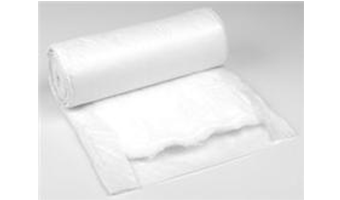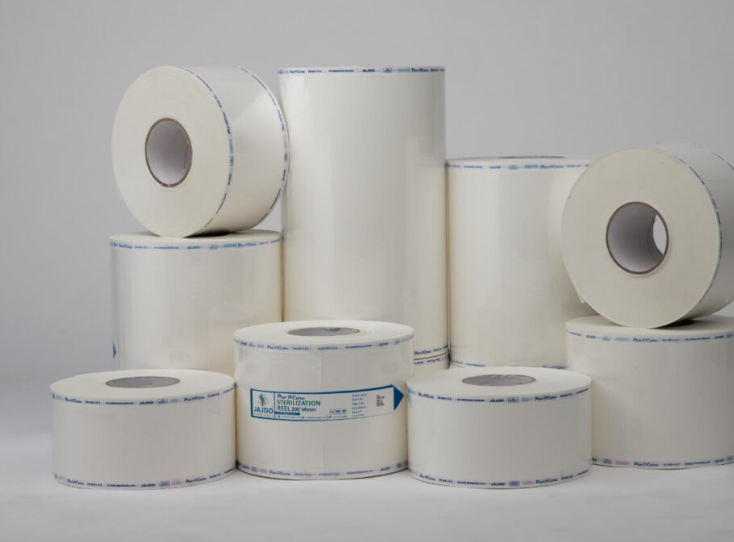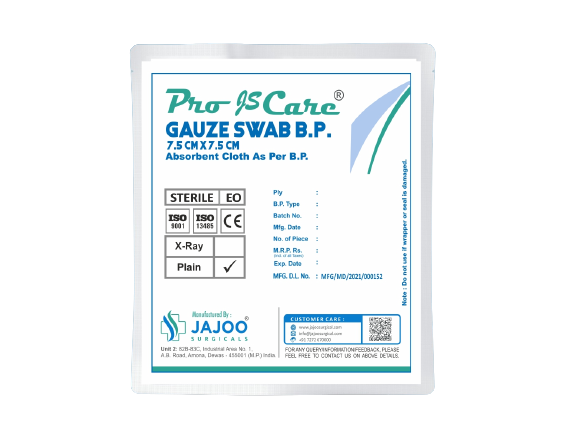The absorbent cotton roll is one of the most trusted essentials in medical and healthcare settings. Behind its pure white softness lies a detailed process that transforms ordinary cotton into a product fit for medical use. Here’s how this transformation happens step by step.
1. From Farm to Factory
The journey begins in cotton fields. Only premium-grade, long-fiber cotton is selected, ensuring softness and strength. The raw cotton is brought to manufacturing units where it is cleaned to remove impurities like seeds, dust, and plant residue. Absorbent cotton is prepared by first opening and cleaning raw cotton to remove impurities. The web of fibers is then mechanically processed and compressed into a roll of the desired density. The finished rolls are cut to size and packaged, either for sterile or non-sterile use, depending on the application.
2. Degreasing and Bleaching
Raw cotton naturally contains waxes and oils that reduce its ability to absorb. To make it suitable for wound care, the cotton undergoes degreasing and bleaching. Using approved, skin-safe chemicals, this step removes all natural impurities, giving the cotton its brilliant white color and high absorbency.The cotton is then bleached to make it white and more absorbent. This is often done using high-pressure, high-temperature bleaching with pure oxygen or alkaline hydrogen peroxide solutions to ensure it is free of impurities and irritation-causing agents.
3. Washing and Purification
After bleaching, the cotton is repeatedly washed with purified water to remove any trace chemicals. This step ensures the cotton is completely clean, odor-free, and safe for direct skin contact.
4. Drying and Fiber Alignment
The washed cotton is dried at controlled temperatures and passed through carding machines, which align the fibers uniformly. This creates a soft, smooth texture that feels gentle on the skin. After scouring and bleaching, the cotton is washed and then dried. Some manufacturers use sun-drying, while others use large drying machines. The dried cotton is sent to a carding machine, which uses a series of rollers with fine teeth to align the fibers into a soft, continuous web or sheet.
5. Rolling and Finishing
Finally, the cotton is rolled into even, fluffy sheets to form absorbent cotton rolls. Each roll is precisely weighed, cut, and packed—either in sterile or non-sterile forms—depending on medical requirements. From a simple plant fiber to a trusted healthcare product, every absorbent cotton roll reflects precision, purity, and patient safety. This careful process ensures it meets the highest standards of hygiene and performance in hospitals and clinics worldwide.






